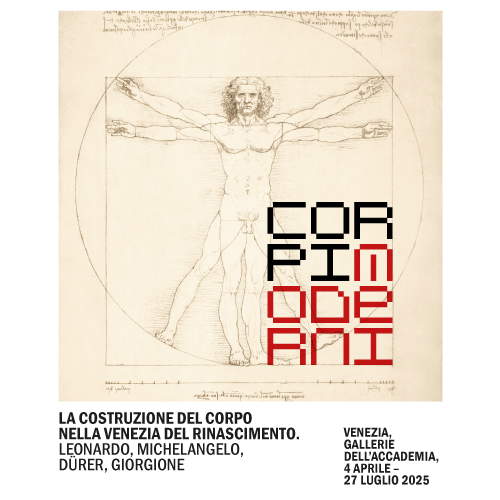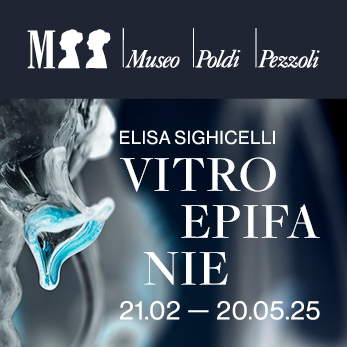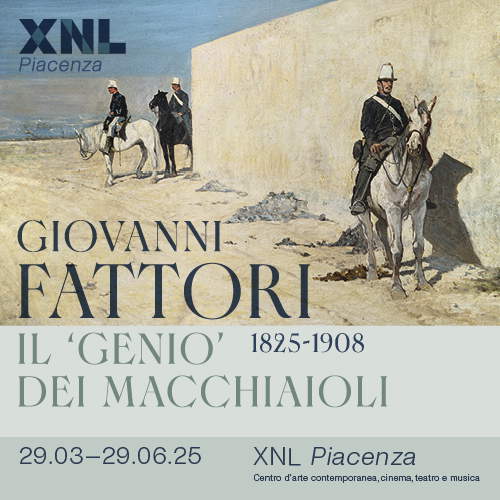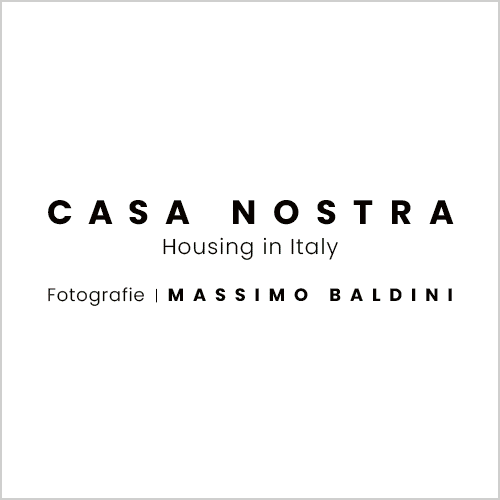Giuseppe Veneziano, Beyond provocation. When art is profound without being obscure
There is a widespread idea, almost a stereotype, about Giuseppe Veneziano. He is often labeled as a provocateur, an artist who uses simple, direct, almost populist images. But all you have to do is sit with him, talk to him, listen to his take on art and life, to understand that there is much more behind his works. There is a layered poetics, an intent not to scandalize but to ignite dialogue. There is kindness of spirit reflected in her work that deserves to be told.
The first thing that strikes one about Giuseppe Veneziano’s art is its immediate recognizability. His works tap into a common imagery, populated by pop culture icons, historical figures and collective symbols. This immediacy, however, represents only the first level of reading: behind each image lies a more complex reflection, a play of references that invites the viewer to pause, to question, to read beyond the surface. His style, characterized by a sharp mark and solid colors, is reminiscent of the graphic synthesis of comic books, but the content of his works goes far beyond the illustrative dimension. Veneziano uses an accessible language because he believes in art as a tool for open, non-elitist dialogue. There is no desire for exclusion in his work, but rather an openness that allows anyone, even a child, to recognize the subject of the work and embark on a personal journey of interpretation.
Veneziano’s art stems from a need for connection, for dialogue. And in this search, a fundamental moment was his encounter with the Italian Newbrow movement, an important group of contemporary Italian painting, capable of absorbing and reinterpreting the cultural and social changes of the liquid society theorized by Zygmunt Bauman. It is not a codified school, nor a univocal artistic language, but a fluid attitude that blends pop references and high culture: from comics to cinema, from news to art history, from literature to design. The term “Newbrow” itself lies between the concepts of “lowbrow” and “highbrow,” overcoming the traditional opposition between popular and cultured art. When the movement was taking shape, people were talking about contemporary art, painting, and new visual languages. In that context, among intertwining ideas, a new concept made its way: an art that could be both cultured and popular at the same time, that could speak to everyone without sacrificing depth. This new sensibility won over not only Veneziano, but also artists such as Vanni Cuoghi, Michael Rotondi, Massimo Gurnari, Michela Muserra, Giuliano Sale and Silvia Argiolas. Not all formally joined the movement, but many shared the enthusiasm for this vision, contrasting it with the intellectual coldness of the dominant conceptual art. In this context, a painting emerged that did not limit itself to pop citation, but developed a complex pictorial language capable of ranging from realism to the wildest imagination, often drawing on images from the media, literature and illustration. Veneziano embodied this spirit, pursuing a painting that plays with the recognizable to push the viewer beyond the surface, making art an instrument of collective reflection.
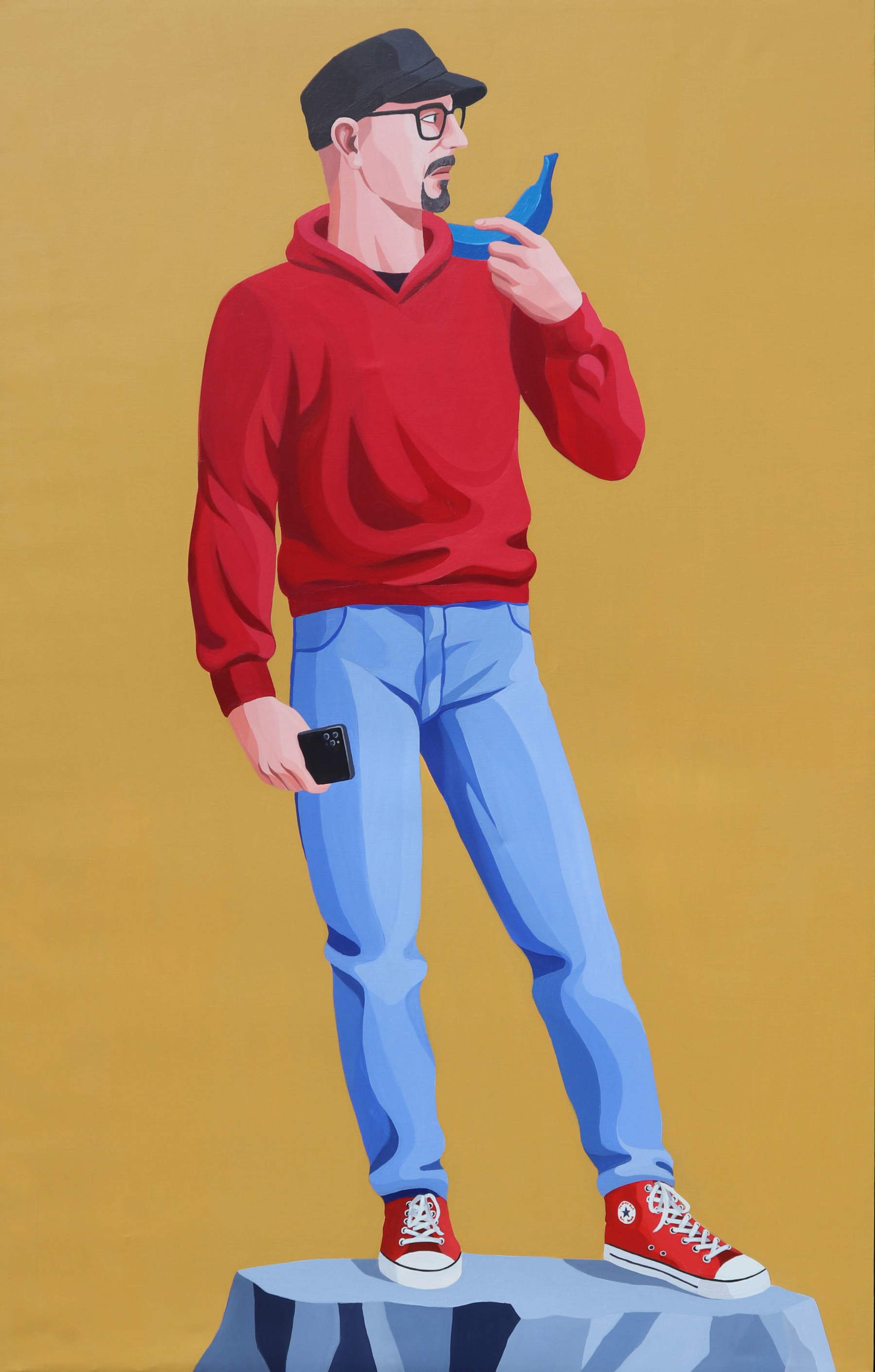
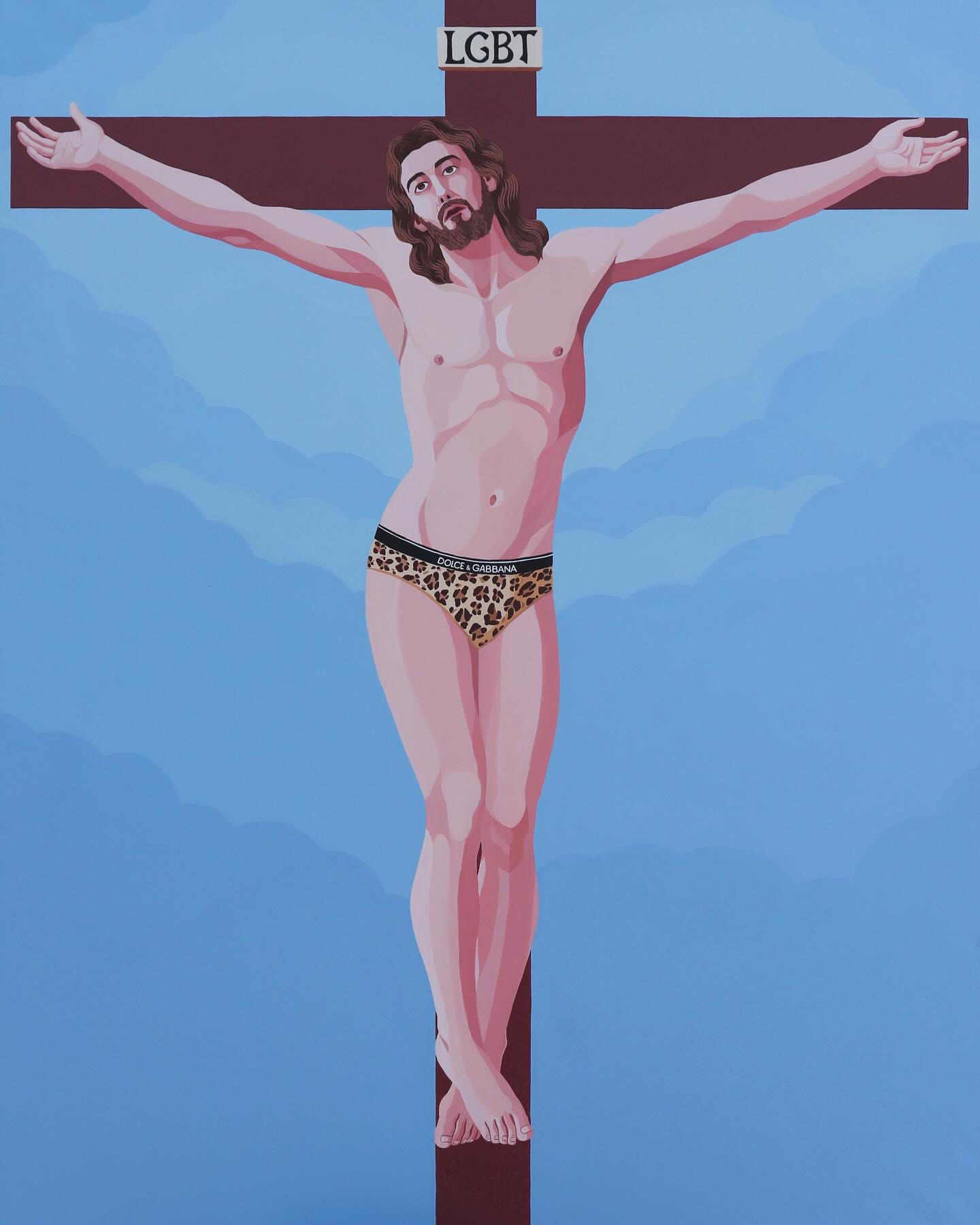
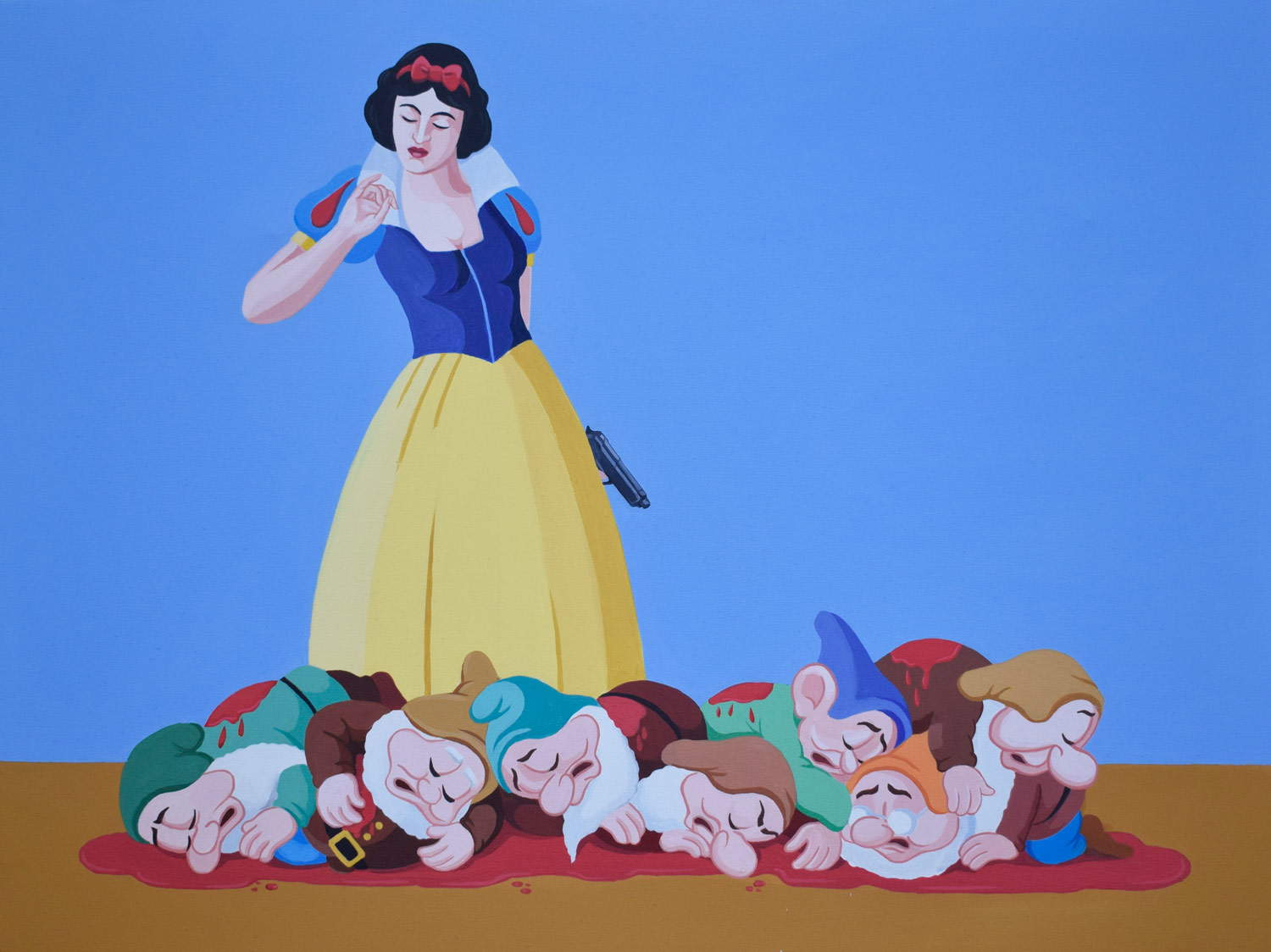
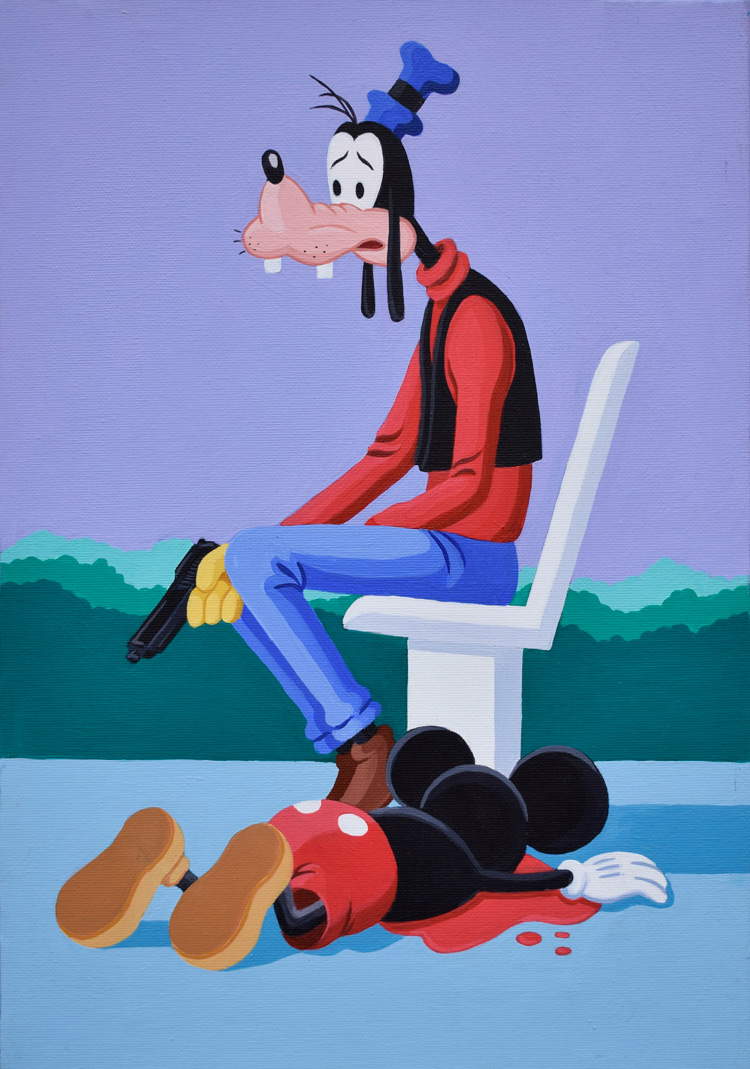
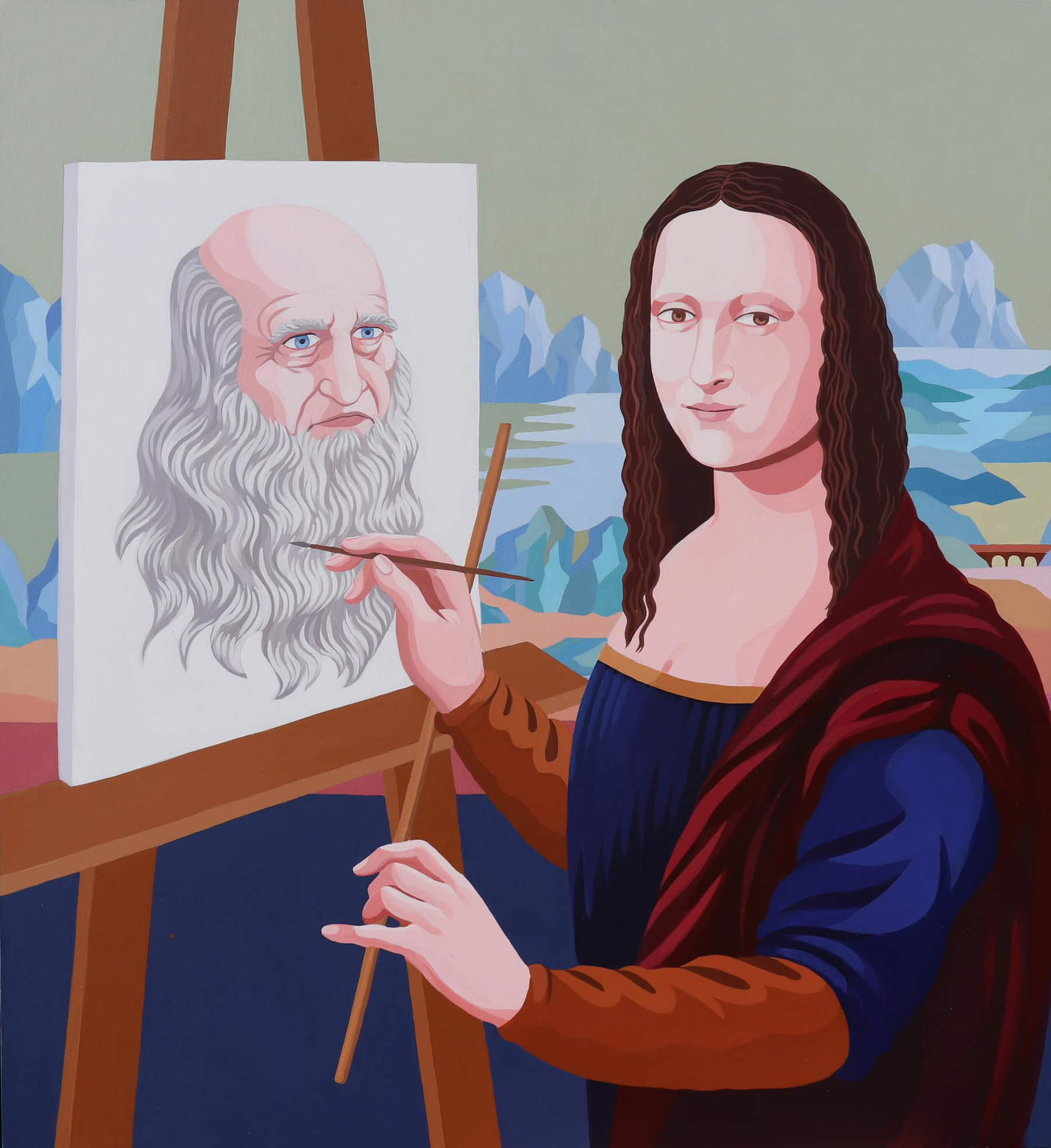
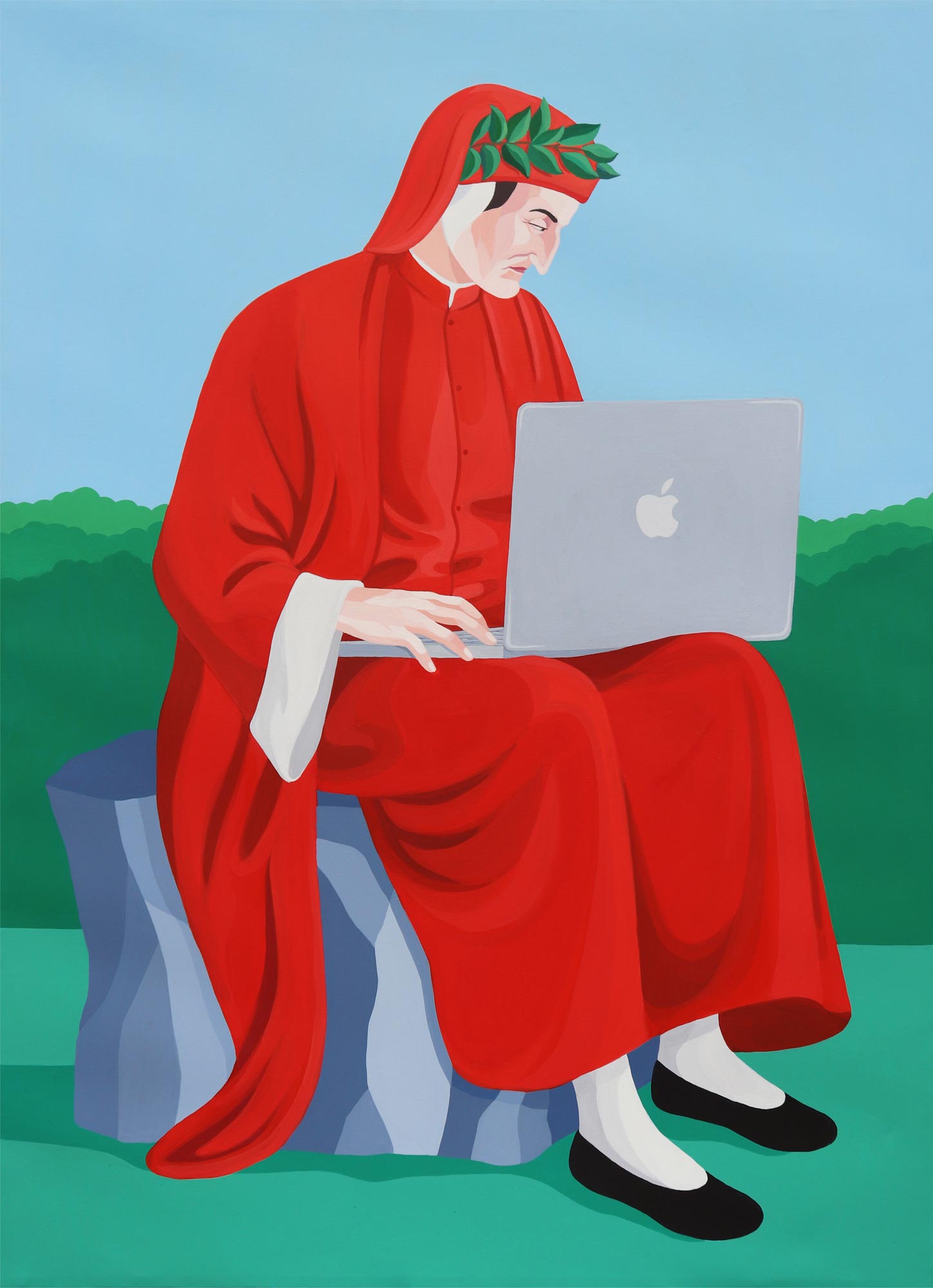
Veneziano’s works are striking in their immediacy: recognizable icons, bold colors, images that seem to speak directly to the viewer. But it is precisely this apparent simplicity that conceals a more subtle play. Every detail, every visual choice is designed to trigger a short circuit between familiarity and meaning, between what seems immediate and what instead requires a closer look. His language, direct but never banal, prompts the viewer to question himself, to seek connections, to construct his own interpretation. Our Lady of the Third Reich (2009), at first glance, might appear to be a provocative act: a Madonna holding a child with Hitler’s face in her arms. But the intent is not to scandalize, but to ask a question: how are icons constructed? What are the mechanisms that transform a historical figure into a symbol? Veneziano uses the power of established images to force the viewer to confront his own preconceptions. It is not about provoking, as is often said. That is not the key to his art. Veneziano wants to create a positive dialogue, where each viewer can enter and find their own space. His work is an invitation to think, without closing the discourse in a sterile polemic.
Among Giuseppe Veneziano’s most discussed works, The Blue Banana (2021) occupies a prominent place, both because of its symbolic significance and because of the criticism it has attracted. Many have considered it overly simple, lacking any real aesthetic research, even banal. Some have dismissed it as a provocation for its own sake, incapable of conveying traditional beauty or a profound artistic message. Yet precisely in its apparent essentiality lies its strength. The color blue, associated with power, authority and capitalism, is contrasted with the banana, a symbol of conceptual art that recalls the works of Piero Manzoni and Maurizio Cattelan. Veneziano uses this combination to construct a powerful allegory: a reflection on the fragility of power, crumbling political promises, and the illusion of stability that is actually destined to deteriorate.
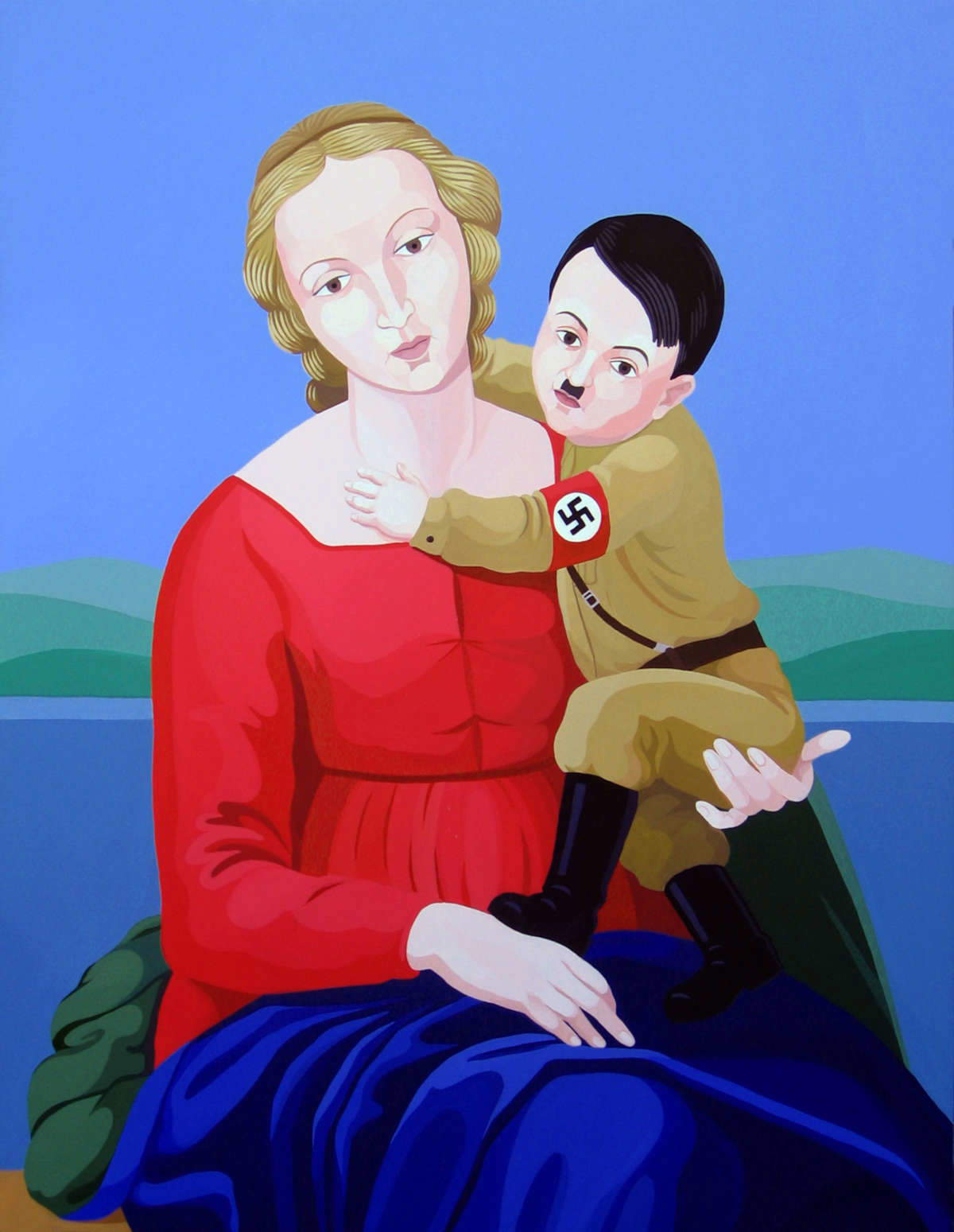
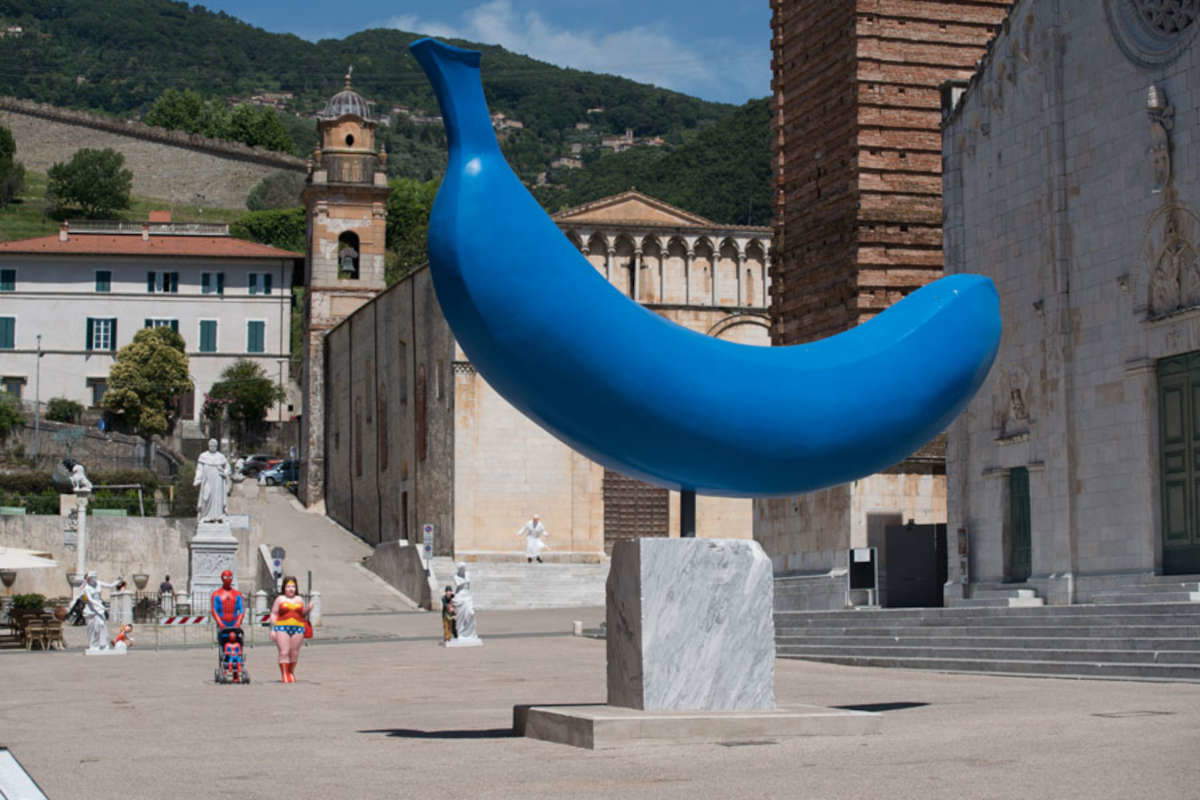
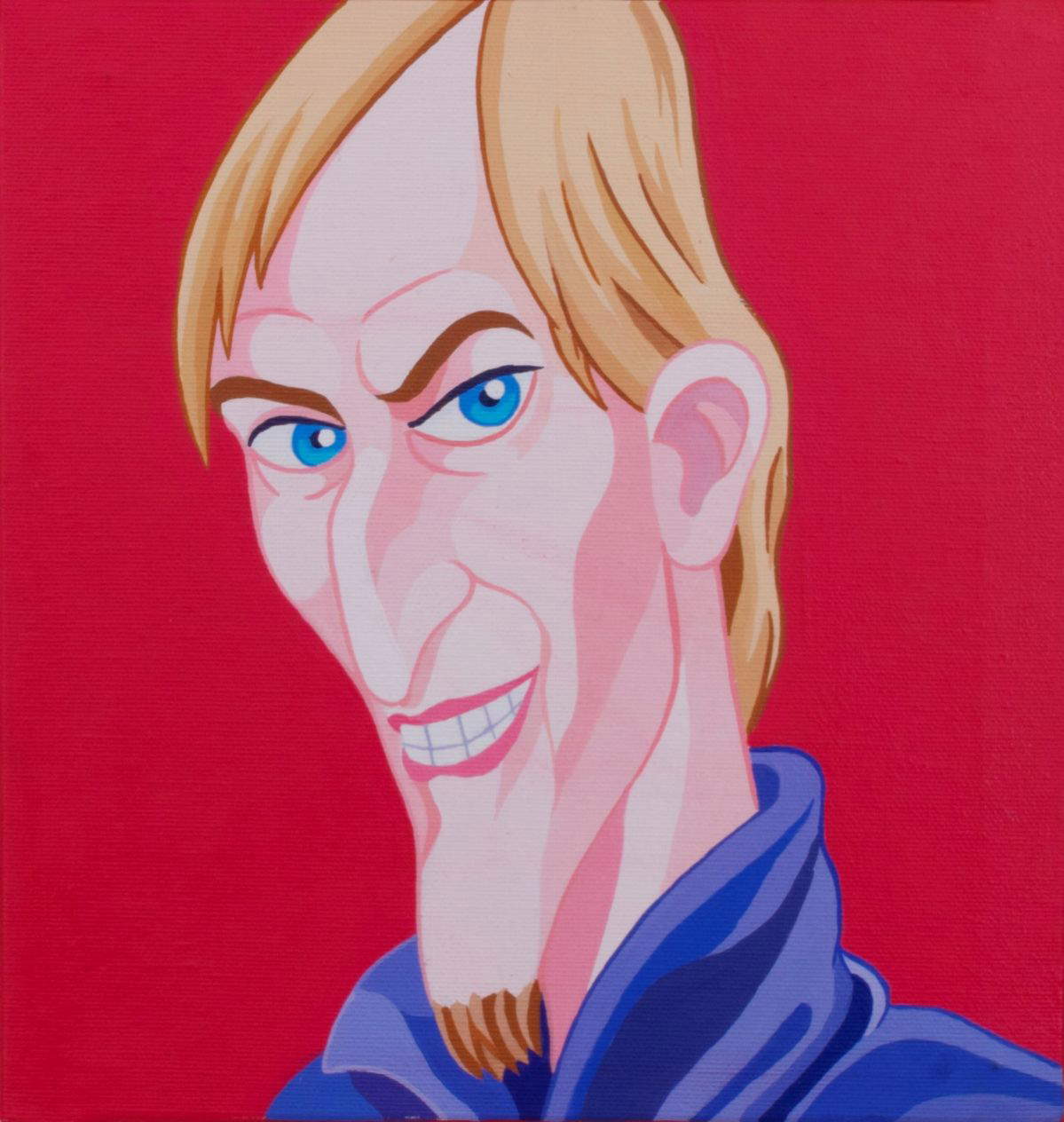
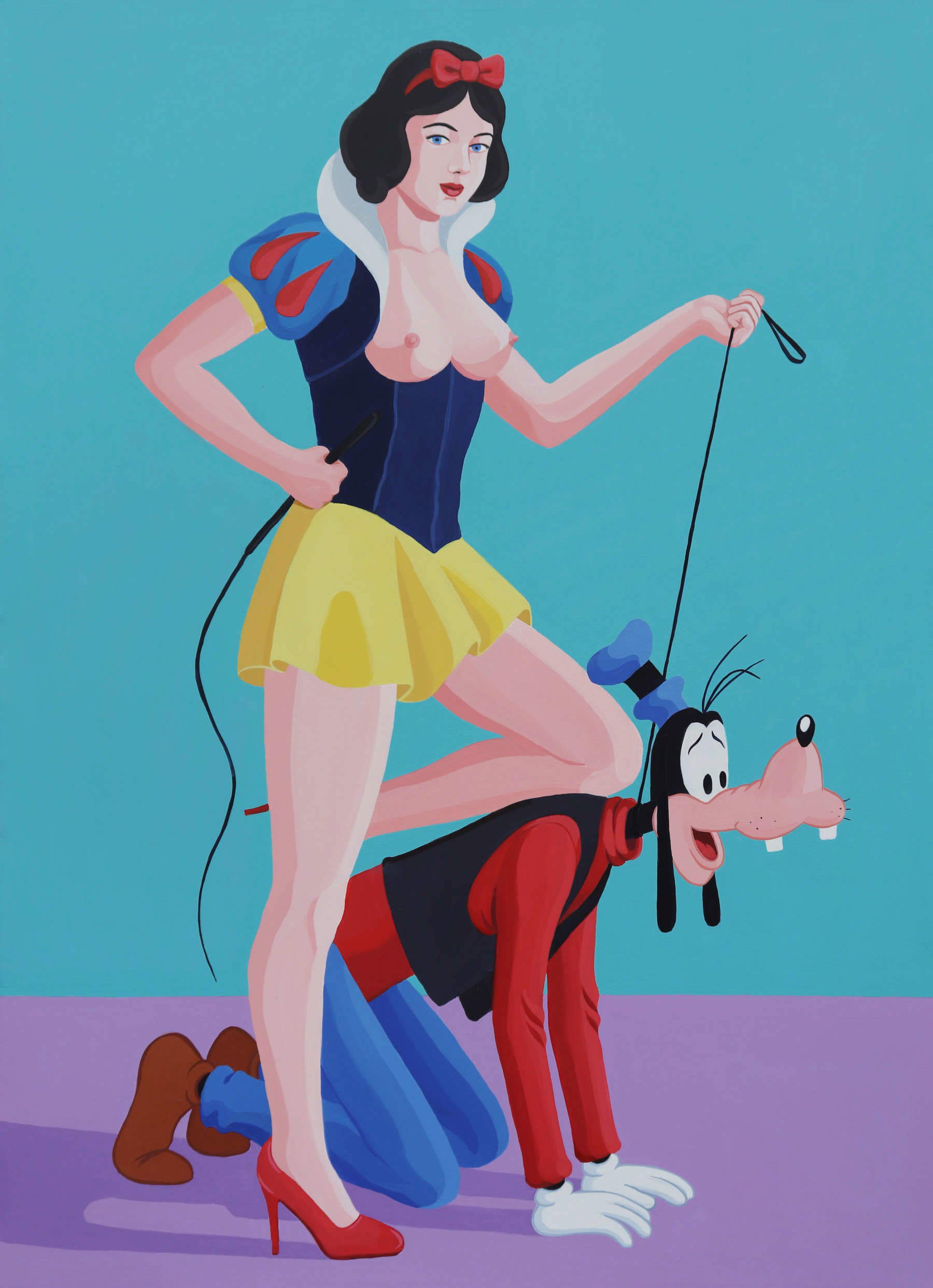
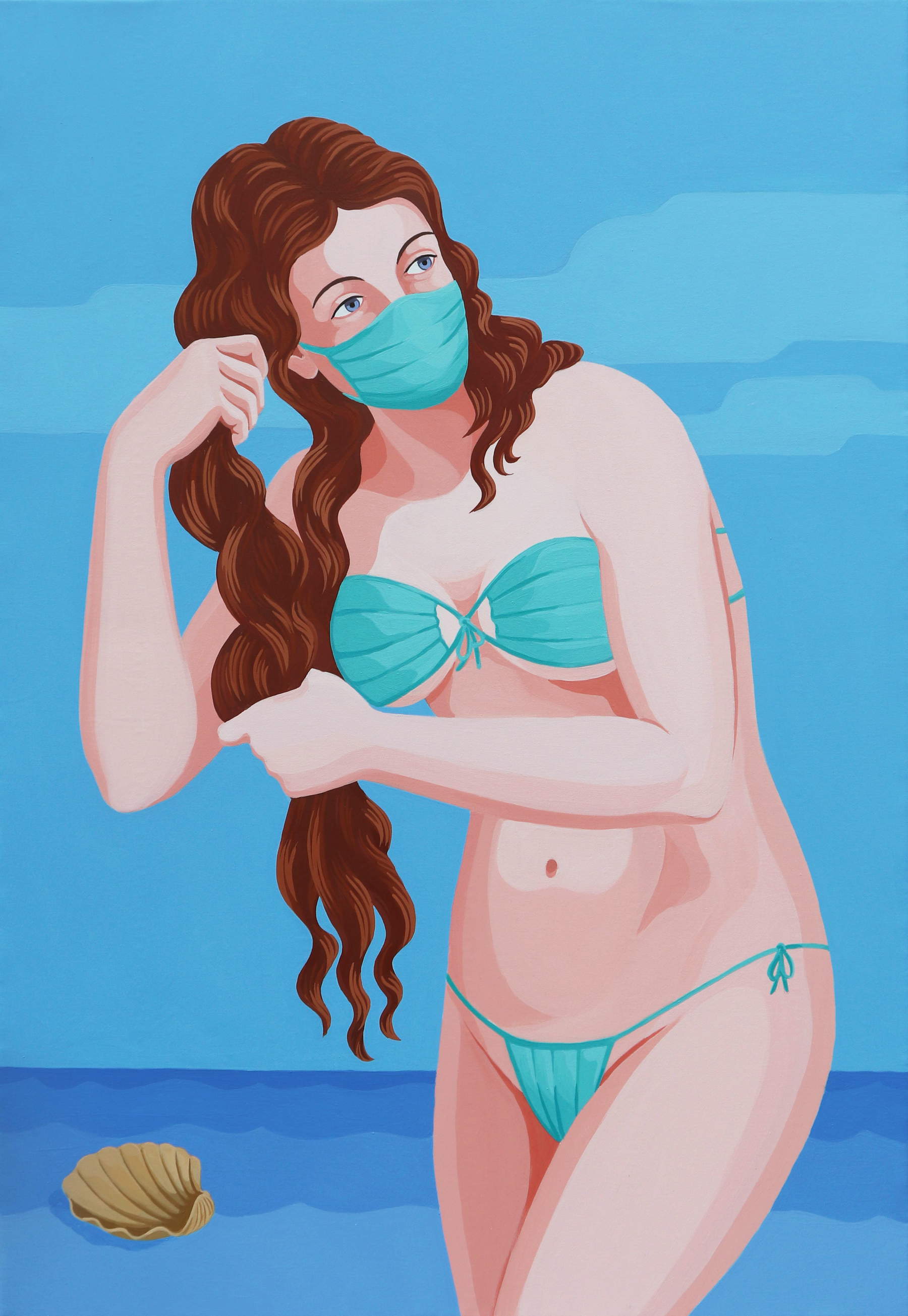
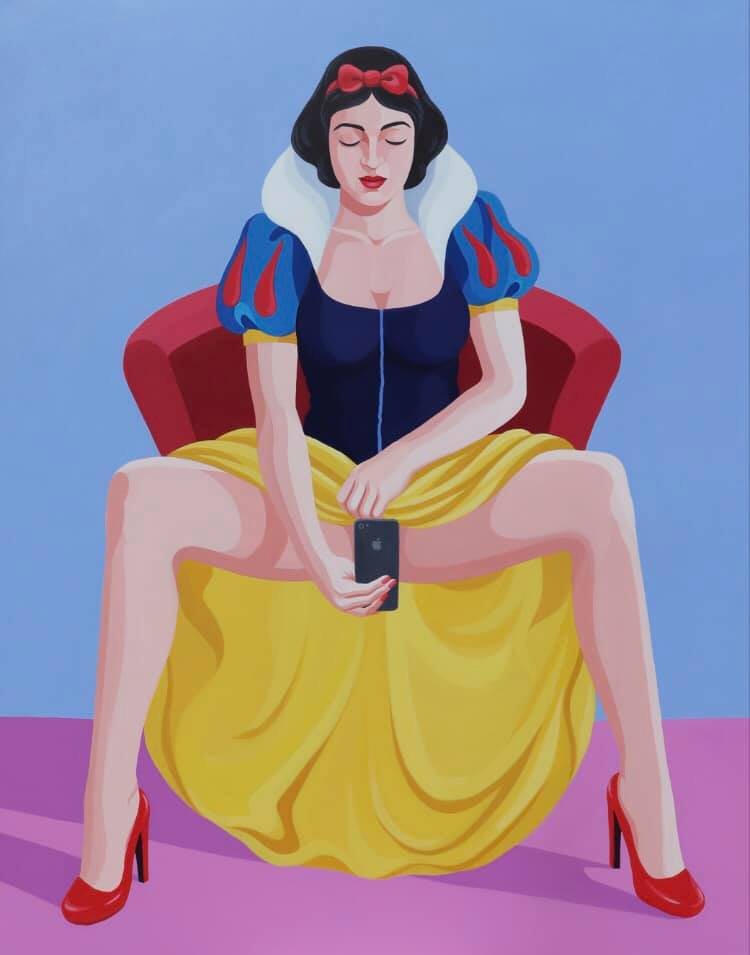
Veneziano’s work is in fact part of a larger discourse on the economic-financial geography of Western Europe, where major political capitals such as London, Frankfurt, Paris, Brussels, Basel, Milan, and Turin are interconnected. The artist symbolically draws a European “megalopolis,” in which the productive area appears to be shaped in the form of a banana, a figure that comes to life in the blue of the European Union. Not only, then, a visual provocation, but a subtle and incisive commentary on the dynamics of our time.
If there is one name that resonates strongly in Giuseppe Veneziano’s artistic journey, it is that of Andrea Pazienza. The influence of the great Italian cartoonist can be felt not only in style, but especially in approach. Pazienza had the ability to tell stories with a powerful visual language, with an only apparent lightness that hid depth and poetry. Veneziano picks up this baton and brings it into his pictorial world. He, too, uses a clear, sharp sign that almost seems to want to simplify the complexity of reality, but behind each image there is a narrative, a layering of meanings that is revealed only to those who take the time to look. Veneziano, like Pazienza, uses the power of the image to trigger reflections without providing unambiguous answers.
This same attitude is found not only in his style, but also in his way of being: to speak with Veneziano is to discover a person of extraordinary kindness and simplicity, qualities that are reflected in his works, which are often misunderstood as cynical or irreverent. There is, instead, a deep respect for the images and symbols he chooses to represent, an attention to “what” is being told and “how” it is being done.
Giuseppe Veneziano has recently embarked on a new artistic journey dedicated to the theme of landscape. But as always, in his own way. His landscapes are not simply views, but scenarios that interweave artistic references, history and contemporary imagery. A territory he is already exploring, without ever betraying that language that makes him unique. He approaches this project with the same lucidity and irony that characterize his work, that is, taking up iconic landscapes from art history with the intention of inserting himself into a millennial dialogue, reinterpreting those symbolic places with a vision that is both respectful and irreverent. Through his gaze, these scenarios become mirrors of our contemporaneity, where the past and the present merge in a visual narrative always poised between quotation and transformation.
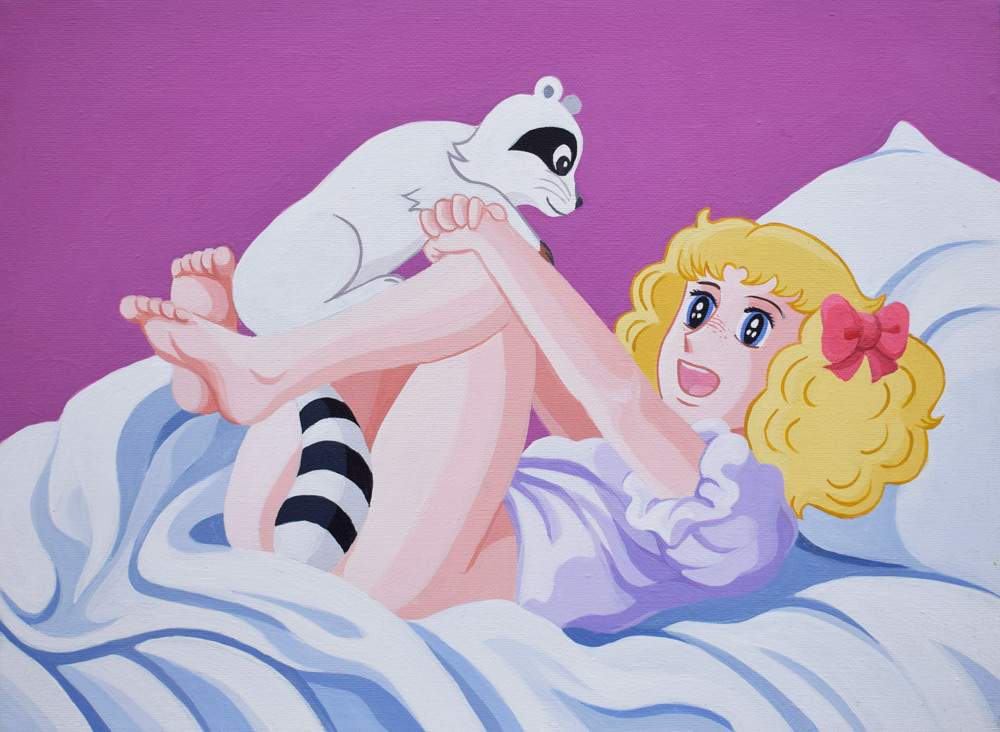
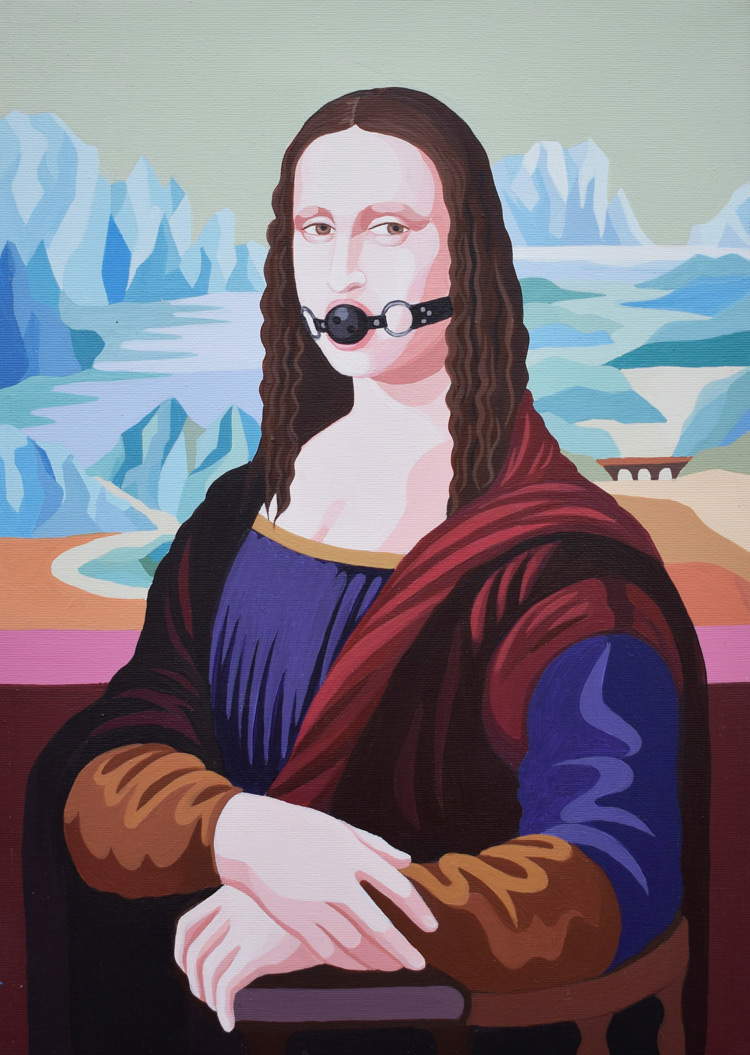
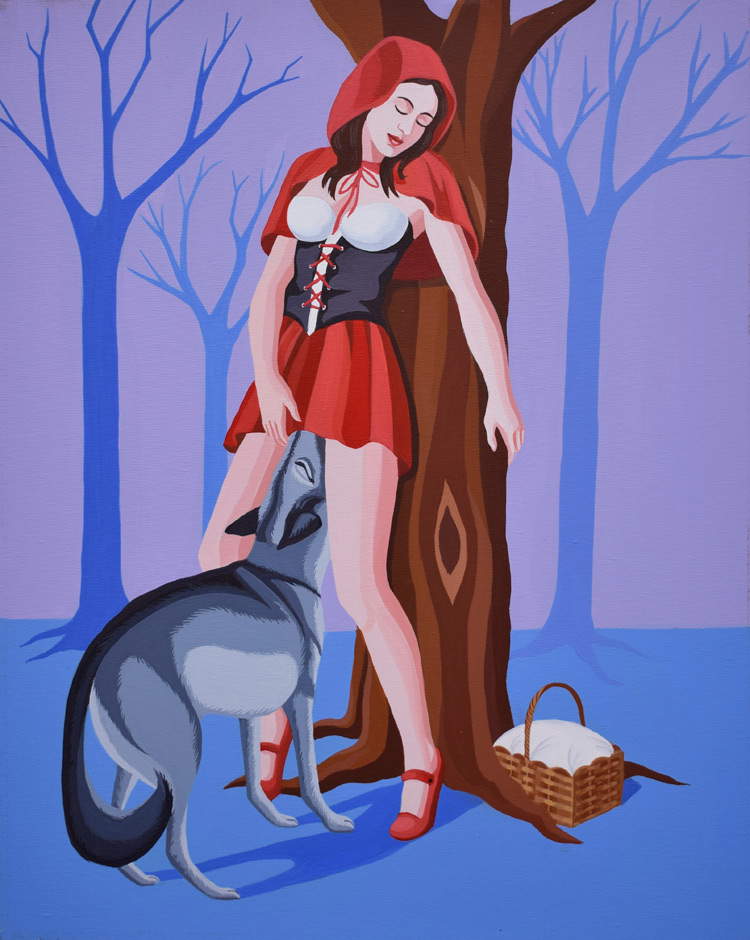
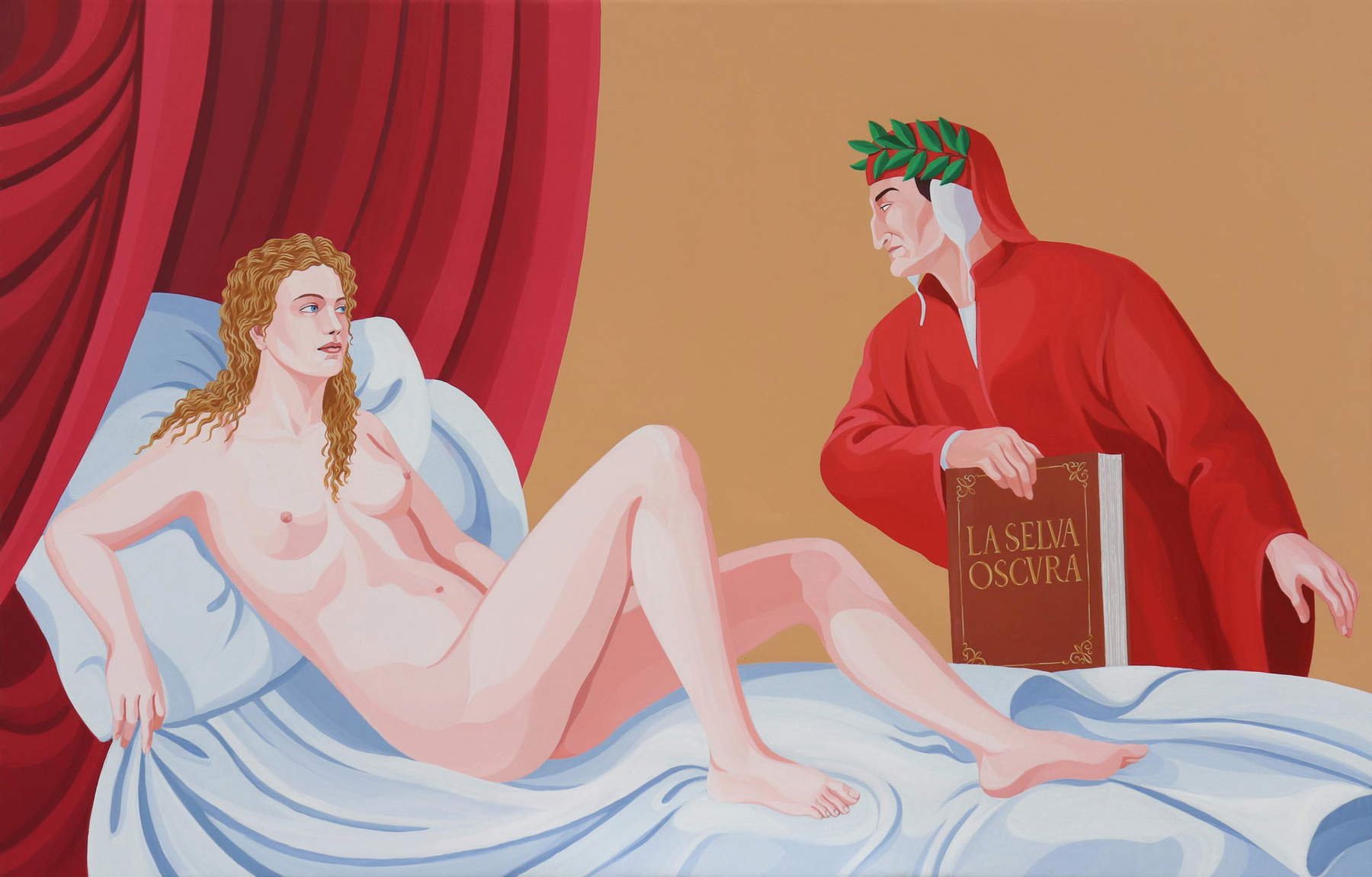
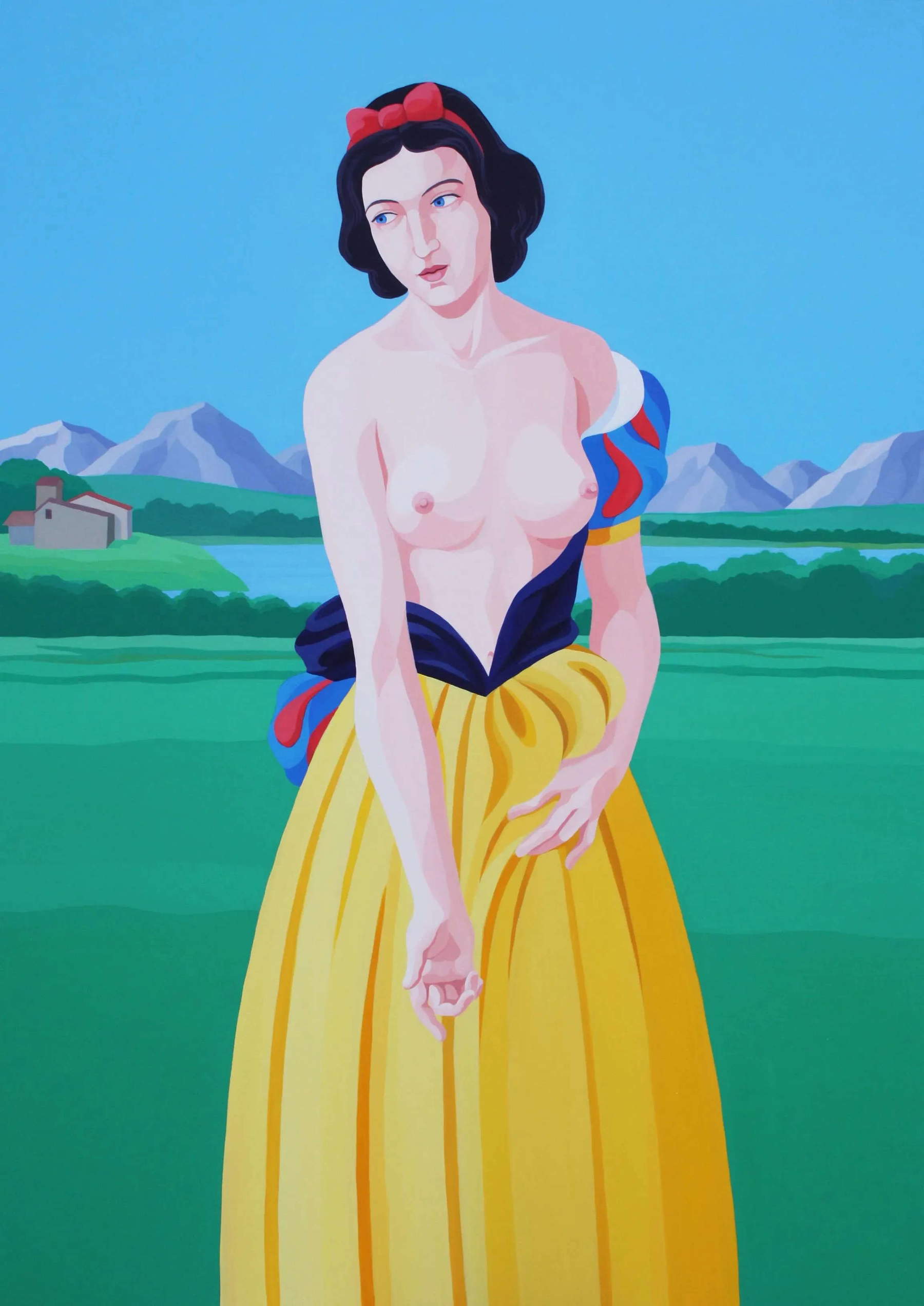
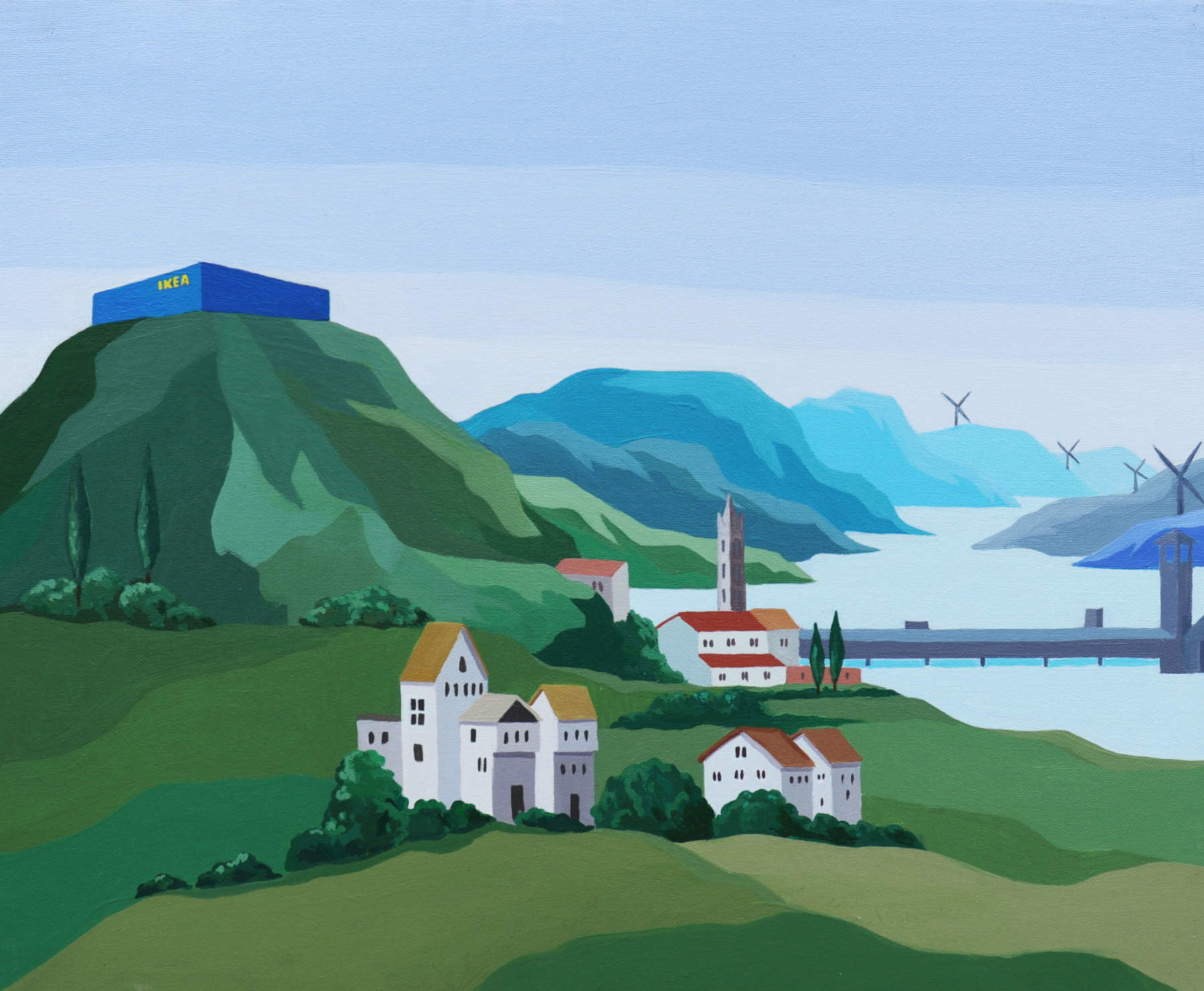
Looking at his future projects, it is evident how Veneziano continues to push the boundaries, fusing artistic tradition with the universe of pop culture in increasingly daring ways. The artist, after all, has accustomed us to overturning expectations, and we can bet that this time too he will be able to amaze, proving that art is never static, but a constantly evolving organism, capable of renewing and reinventing itself while remaining true to its essence.
But there is something even deeper in his artistic poetics that one must always keep in mind: the value of misunderstanding. The history of art is dotted with artists who, in their time, were considered superficial, transgressive or irreverent, only to be later recognized as innovators. Just think of Van Gogh, ignored in his lifetime and now considered a genius. Misunderstanding is often the price to pay for those who dare to subvert codes, for those who refuse to conform to paths already charted and have the courage to point to new ones. However, time, as always, is the best judge. Giuseppe Veneziano’s works speak of us, of our present, of the contradictions of our world. And they do so with a language capable of overcoming intellectual barriers, a language that belongs to everyone and invites everyone to recognize themselves in it.
Perhaps this is its real challenge: to show that art can be profound without being obscure, conceptual without being distant, engaged without being dogmatic. And in doing so, Veneziano invites us to look beyond the surface, to ask questions, to question what we take for granted. Because art, after all, is not meant to give answers, but to ask the right questions.
Warning: the translation into English of the original Italian article was created using automatic tools. We undertake to review all articles, but we do not guarantee the total absence of inaccuracies in the translation due to the program. You can find the original by clicking on the ITA button. If you find any mistake,please contact us.





